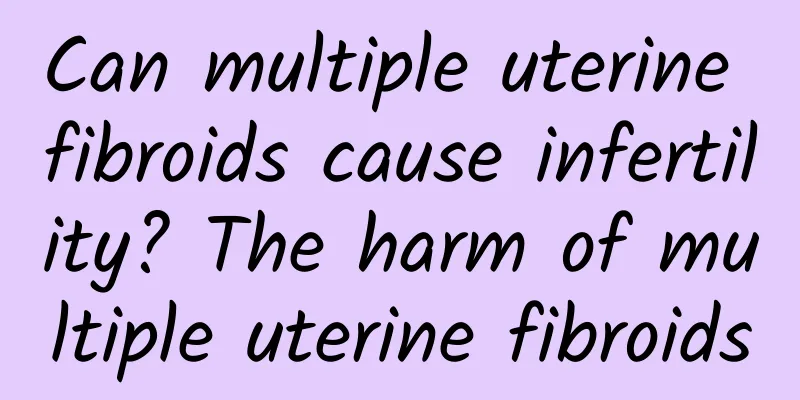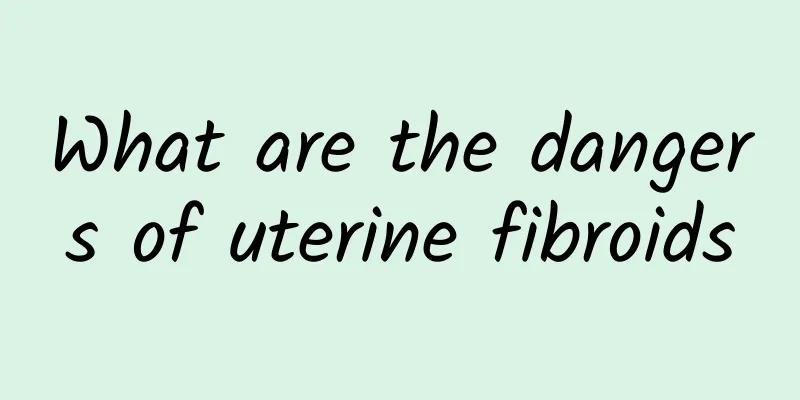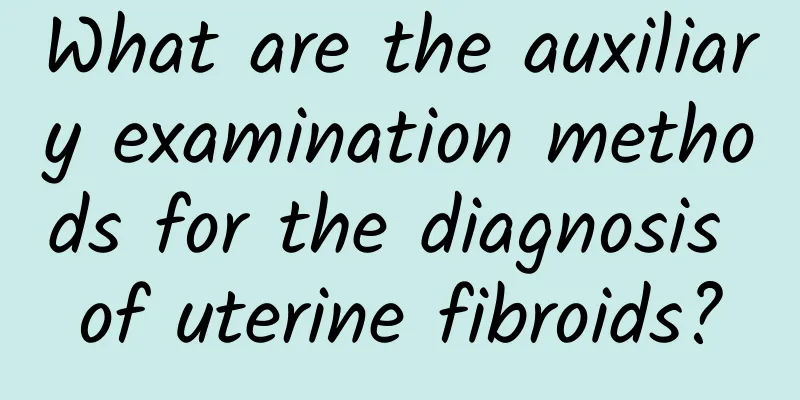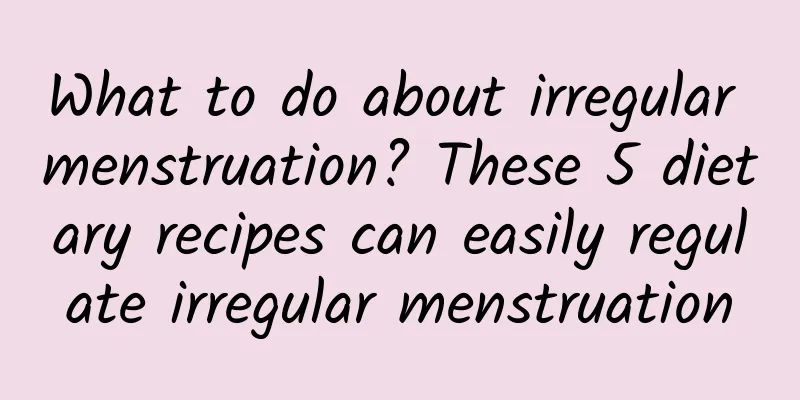What is uterine posterior wall leiomyoma? Is uterine posterior wall leiomyoma serious?
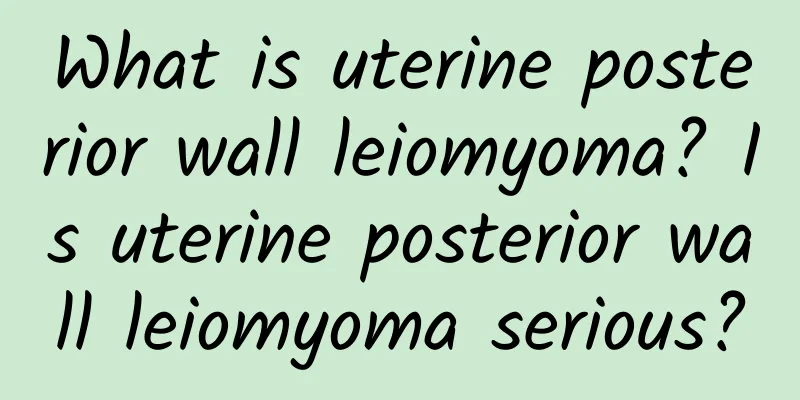
|
What is posterior uterine wall leiomyoma? Is posterior uterine wall leiomyoma serious? Posterior uterine wall leiomyoma is a tumor that occurs on the posterior wall of the uterus. Leiomyoma is a benign tumor composed of smooth muscle cells of the uterine wall. Posterior uterine wall leiomyoma can be single or multiple, and its size, number and growth rate are different. Leiomyomata of the posterior uterine wall are usually asymptomatic, so many women are unaware that they have them. However, some women may experience symptoms such as: abnormal menstrual bleeding, including periods that are too long, heavy, or intermittent; pelvic pain, including pain during periods and sexual intercourse; frequent or urgent urination; bladder or rectal symptoms, such as difficulty urinating or constipation; and abdominal masses and swelling. How serious are leiomyomas on the back wall of the uterus? This depends on their size, number, and location. In general, small leiomyomas usually do not cause much problem. However, when leiomyomas are larger or there are more of them, they may have an adverse effect on fertility and daily life. Leiomyomas may affect the implantation of fertilized eggs, leading to infertility problems. For women who are already pregnant, leiomyomas may increase the risk of premature birth, miscarriage, and fetal growth retardation. Larger leiomyomas may compress the bladder or rectum, causing urinary tract and bowel problems. At the end, a paragraph of popular science introduction is needed. Leiomyoma of the posterior uterine wall can be diagnosed in many ways, including physical examination, ultrasound, magnetic resonance imaging (MRI), etc. If you are diagnosed with leiomyomas of the posterior uterine wall, your doctor may offer you a range of treatment options. These treatment options include observation and monitoring, medication, and surgery. Observation and monitoring is the regular examination of small leiomyomas, and if they do not cause any symptoms or problems, your doctor may recommend that you wait and monitor. Medical treatments include hormone control drugs and anti-fibroid drugs, which can relieve symptoms and slow the growth of leiomyomas. Surgical treatment is usually used for larger leiomyomas or when there is a significant impact on fertility and quality of life. Uterine posterior wall leiomyoma is a relatively common gynecological problem that affects the fertility and life of many women. Although most cases are not serious, some patients may need further treatment. If you have any questions or symptoms, it is recommended to consult a doctor in time and receive appropriate treatment. |
<<: Why can't I have a second child due to uterine fibroids?
Recommend
Daily treatment measures for irregular menstruation
How to regulate irregular menstruation? What shou...
What are the nursing measures and symptoms of adenomyosis?
What are the nursing measures for adenomyosis and...
Spring appetite explodes, five green vegetable juices to detoxify
In spring, everything grows and develops, even yo...
How to check for premature ovarian failure
Premature ovarian failure refers to a disease in ...
Does painless abortion cause great harm to the body?
Painless abortion does cause harm to the body, bu...
5 types of snacks that office workers should avoid to prevent weight gain
It's time for afternoon snack again. Open the...
What are the diagnostic indicators for hyperprolactinemia?
With the continuous deterioration of various envi...
Pay attention to the differential diagnosis of bacterial vaginosis
Bacterial vaginosis is a common gynecological dis...
What happens to menstruation after half a year of amenorrhea?
What happens to menstruation after six months of ...
What to eat when menstrual flow is light? Eat more blood-enriching foods
Many women are troubled by abnormal menstruation....
Nursing measures for pelvic peritonitis after surgery
We all know that the incidence of pelvic peritoni...
What is the cause of female vulvar leukoplakia
What are the causes of vulvar leukoplakia? There ...
How to distinguish the clinical symptoms of vulvar leukoplakia
Vulvar leukoplakia is a gynecological disease tha...
[Video version] Do you have to sweat profusely to lose weight? Famous doctor relies on low-impact "Niya exercise" to lose weight
"Why can't I lose weight even though I e...
Can low menstrual flow cause infertility?
It is a common misconception that light menstruat...
